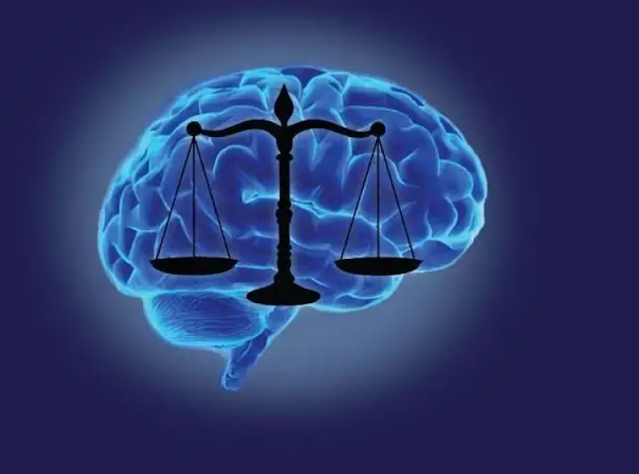PTEN

Phosphatase and Tensin Homolog (PTEN) PTEN is a protein in humans that functions as a tumor suppressor and a metabolic regulator by promoting COX activity and ATP production. This intercellular protein acts as a dual-specificity protein phosphatase and a lipid phosphatase deleted on the 10th chromosome. It is expressed at a relatively high level in all adult tissues, including the heart, brain, liver, kidney, and pancreas. When PTEN is mutated at high frequency, it results in genetic aberrations consisting of mutations. Background PTEN mutations most commonly result in breast cancer . Breast cancer can spread when the cancer cells get into the blood or lymph system and then get carried to other parts of the body. There are many different types of breast cancer, the most common being carcinomas. This means the cancer starts in cells that make up the tissue lining organs. PTEN is one of these cells. PTEN is associated with progression of breast cancer through many ways:






